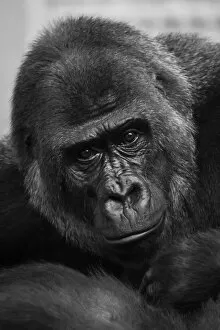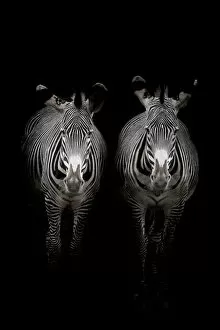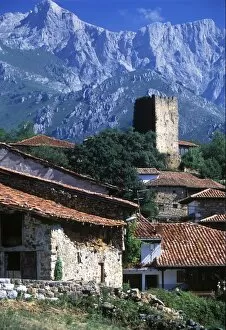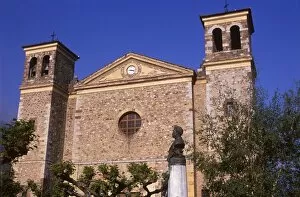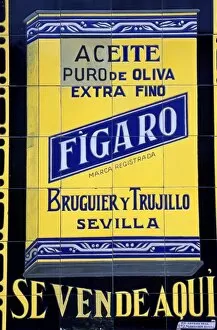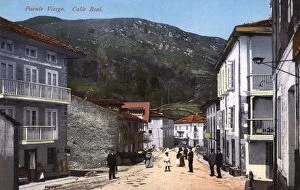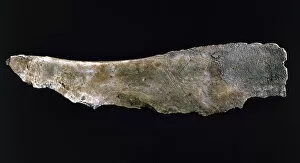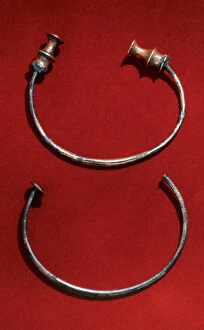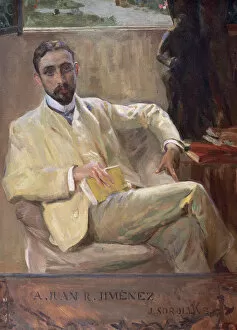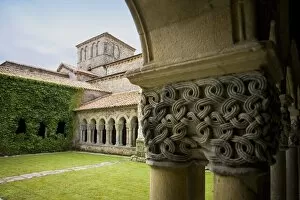Cantabria Collection (page 5)
Discover the captivating region in Spain, where history and natural beauty intertwine seamlessly
All Professionally Made to Order for Quick Shipping
Discover the captivating region in Spain, where history and natural beauty intertwine seamlessly. Ignatius of Loyola, the founder of the Jesuits, once walked these lands, leaving his mark on Santander and its surroundings. Immerse yourself in the charm of Santillana de Mar, a picturesque town that houses the renowned Altamira Caves with their ancient bison paintings. As you explore Santander, Cantabria's capital city, be prepared to be enchanted by its stunning coastal views and vibrant atmosphere. Visit Castro-Urdiales to witness the harmonious blend of nature and architecture at its charming harbor adorned with Santa Maria church and Santa Ana castle. Travel back in time as you encounter The Christ of Limpias, an 18th-century masterpiece that exudes religious devotion in every detail. Delve into history further with an antique map showcasing Spain and Portugal's rich heritage. Experience spiritual serenity at Santo Toribio monastery in Liebana as you gaze upon a crucifixion icon that emanates profound reverence. Nature lovers will find solace amidst Los Urros near Liencres village – a breathtaking natural park offering tranquility like no other. Feel your heart race as you venture towards Punta Peña Flecha (El Infierno), where sheer cliffs meet crashing waves – a sight both awe-inspiring and exhilarating. And don't miss out on admiring Valeriano Dominguez Becquer's poignant depiction of a wet nurse from Santander dating back to 1856. Cantabria is not only steeped in cultural treasures but also surprises visitors with unexpected wonders such as ice packs reminiscent of distant polar landscapes or mythical creatures like Jörmungandr lurking beneath its waters. Embark on an unforgettable journey through Cantabria - a land brimming with history, artistry, spirituality, natural splendor, and endless opportunities for exploration.

